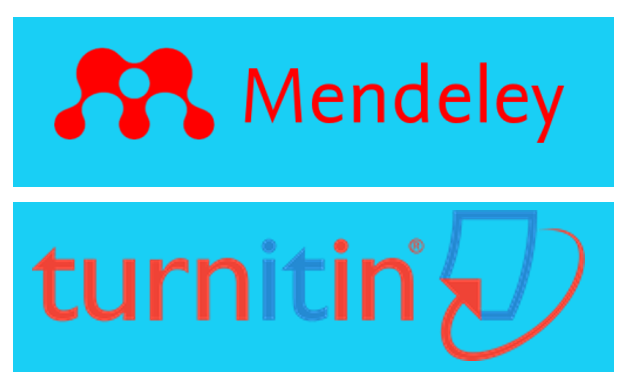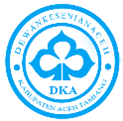Monolingual Used on The Historical Sites in Dili, Timor-Leste: A Study of Linguistics Landscape
DOI:
https://doi.org/10.32734/9gg54y26Keywords:
Linguistics Landscape, Historical Sites, Tetum LanguageAbstract
Timor-Leste which is further called (TL) is also well-known as a multilingual and multicultural country. Besides, Timor-Leste also has 32 local languages and 3 foreign languages such as Portuguese, Bahasa Indoenesia and English. Portuguese is used as the official language however, Bahasa Indonesia and English are used as working languages. This research aimed to determine and to explore the predominant language used in historical sites in Dili. This is a qualitative research and the data were collected by using taking pictures technique with a mobile phone camera. After all the data were collected then, they were analyzed by using qualitaive descriptive method. The Results in this research showed that there are 6 historical sites found in Dili. Tetum language is used as monolingual to describe and explain the brutal action done by the Indonesian Military during the Indonesian occupation in Timor-Leste.
Downloads
References
Backhaus, P. (2007). Linguistics Landscape: A comparative study of urban multilingualism in Tokyo. Clevedon: Multilingual Matters.
Backhaus, P. (2008). Multilingualism in Tokyo: A look into the linguistic landscape. International Journal of Multilingualism, 3(1),52-66. https://doi.org/101080/14790710608668385
Cenoz, J., & Gorter, D (2008). Linguistic Landscape as an additional source of input in second language acquisition. IRAL-International Review of Applied Linguistics in Language Teaching, 46 (3), 267-287. https://doi.org/10.1515/IRAL.2008.012.
Gapur, A. (2024). Disfemisme : dalam ragam bahasa pria Jepang pada manga. Abdul Media Literasi. https://amedialiterasi.com/index.php/Book/article/view/12
Gorter, D. (2006). Introduction: The study of the linguistic landscape as a new approach to multilingualism in Gorter (ed.), Linguistic landscape: A new approach to multilingualism (pp.1-6). Clevedon: Multilingualism.
Landry, R., & Bourhis, R. Y. (1997). Linguistic landscape and ethnolinguistic vitality: An empirical study. Journal of Language and Social Psychology,16 91),23-49.
Purnanto D., Yustanto, H., Ginanjar, B., Ardhian, D. (2022). English operation in Public space: Linguistics landscape in culinary business of Surakarta, Indonesia. Journal of Language and Linguistics Studies, 18 (1), 345-360 https://www.jlls.org/index.php/jlls/article/view/2955
Shang, G., & Guo, L. (2017). Linguistic landscape in Singapore: what shop names reveal about Singapores’s multilingualism. International Journal of Multilingualism,14 (2), 1893-201. https://doi.org/10.1080/14790718.2016.1218497.
Shohamy, E., & Gorter, D. (2009). Linguistic landscape: expanding the scenery. In Routledge. https://www.routledge.com/Linguistic-Landscape-Expanding-the-Scenery/Shohamy-Gorter/p/book/9780415988735
Taylor-Leech, K. J. (2012). Language choice as an index of identity: linguistic landscape in Dili, Timor-Leste. International Journal of Multilingualism, 9(1), 15–34. https://doi.org/10.1080/14790718.2011.583654 .
Wulansari, D. W. (2020). Linguistik Lanskap di Bali : Tanda Multilingual dalam Papan Nama Ruang Publik. KREDO : Jurnal Ilmiah Bahasa Dan Sastra, 3(2), 420–429. https://doi.org/10.24176/kredo.v3i2.4600
Downloads
Published
Issue
Section
License
Copyright (c) 2024 Antonio Constantino Soares (Author)

This work is licensed under a Creative Commons Attribution 4.0 International License.
- Authors agree to publish their work under the Creative Commons Attribution 4.0 International (CC BY 4.0) license.
- Authors retain copyright to their work and may reuse or distribute it.
- HUMANIOLA reserves the right to request revisions and make final publication decisions.
- Authors are responsible for ensuring that their work does not infringe upon third-party copyrights.
- Archiving in digital repositories may be done for long-term access and preservation.





